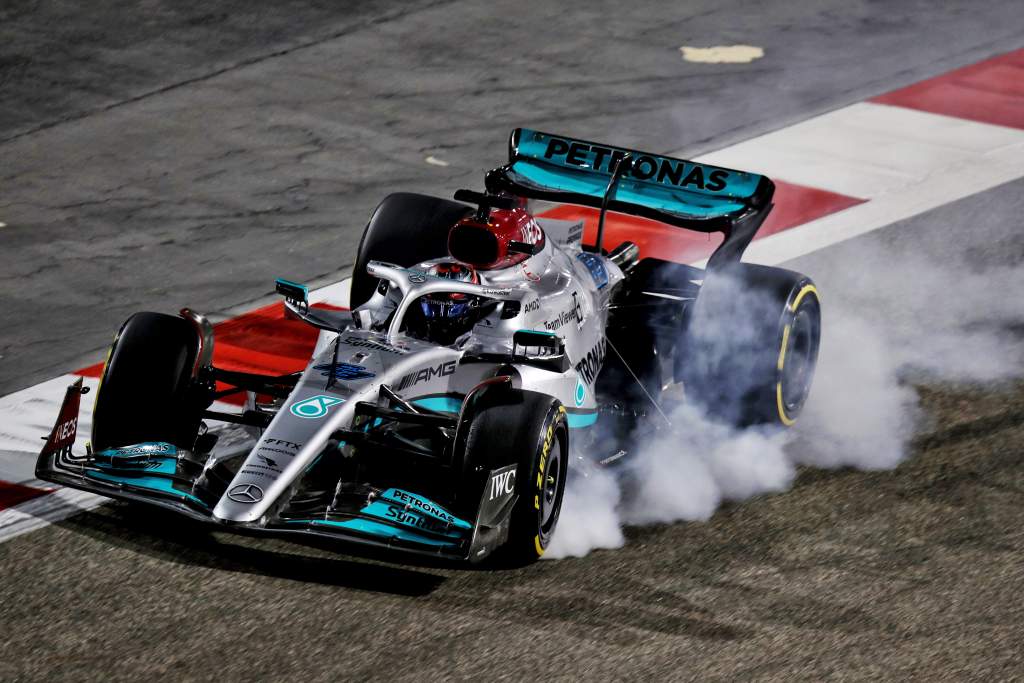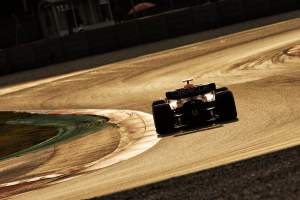Up Next

If you have watched Formula 1’s live pre-season testing coverage from Bahrain for even a matter of minutes, there is a decent chance you have seen a car going off the track at Turn 10.
At the Sakhir circuit, this is the tight left-hander onto the back straight. It is a horribly tricky corner that has always caught drivers out but appears to be bringing out the worst in F1’s 2022 cars.
After the Turn 8 hairpin, the track rises and flicks left through the fast uphill Turn 9 before quickly falling away into the slow Turn 10.
Getting the car positioning right, not getting tempted into braking too late, and applying the right brake pressure to avoid locking up is absolutely key to avoid sailing into the run-off area.
And so far during the test, we have seen many drivers get it wrong.
Williams driver Alex Albon jokes: “I was heading towards the GP2 pitlane four or five times! There must be a rubbered line out there now, it must be quite grippy out there.
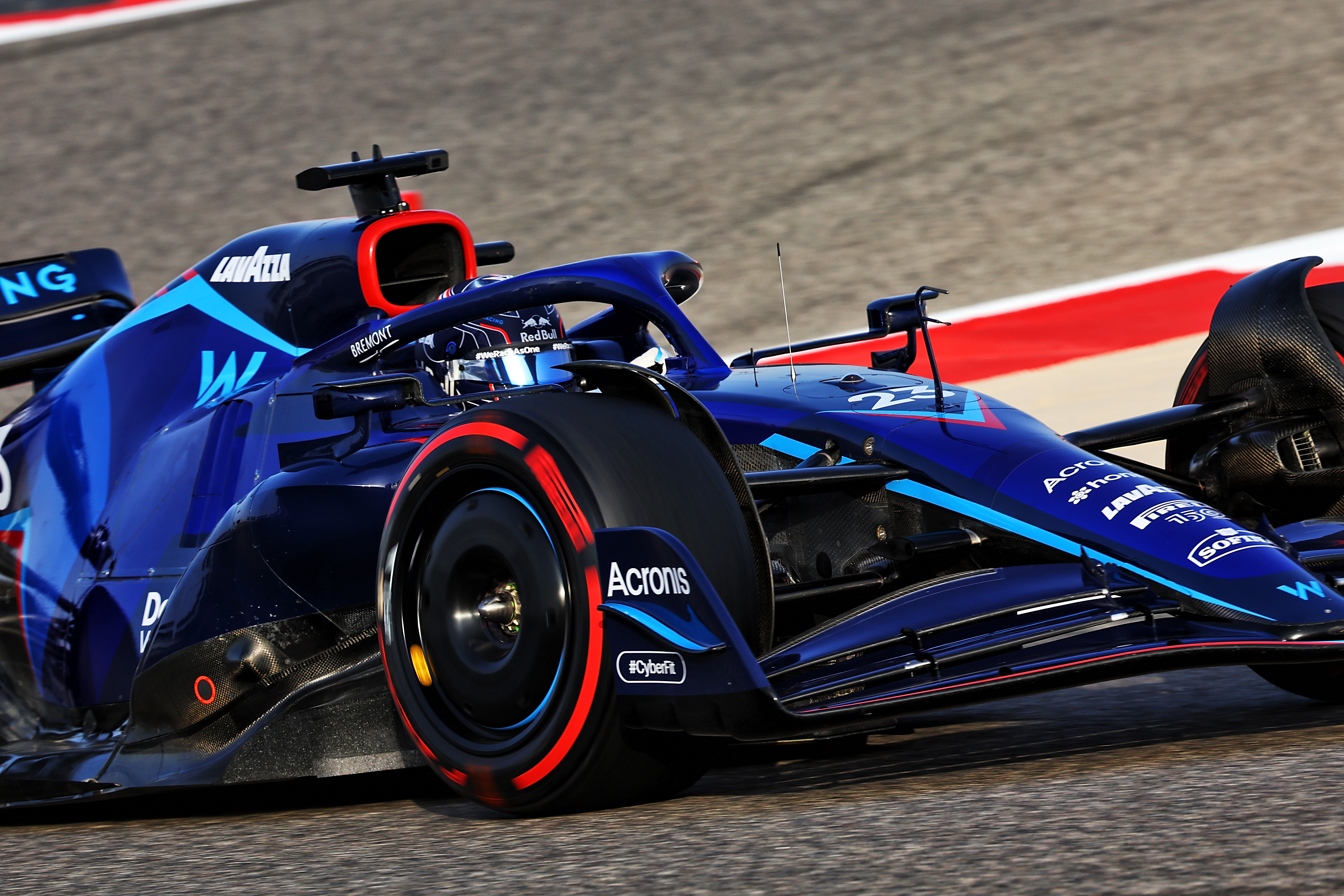
“But it is true. There’s a big tailwind here. It’s windy as well, which doesn’t help. We’ve got the added weight in the cars.
“It’s a completely different way to drive the corner than it was in previous years. It’s quite a different driving style. And it’s not easy.
“On a balance point of view, we can do a better job than we did on day one, and hopefully help improve that.
“But in some ways, it’s quite comforting to see everyone else also going off the track!”
The wind conditions in Bahrain haven’t helped but as Albon intimates it’s not a coincidence that the challenge is heightened in the 2022 cars.
They are around 50 kilograms heavier overall (as most are running overweight) and have heavier low-profile tyres. They are running stiffer suspension with no hydraulic trickery and are generating less aerodynamic load at low speed. Albon says the ride quality “feels almost in between Formula 2 and Formula 1”.
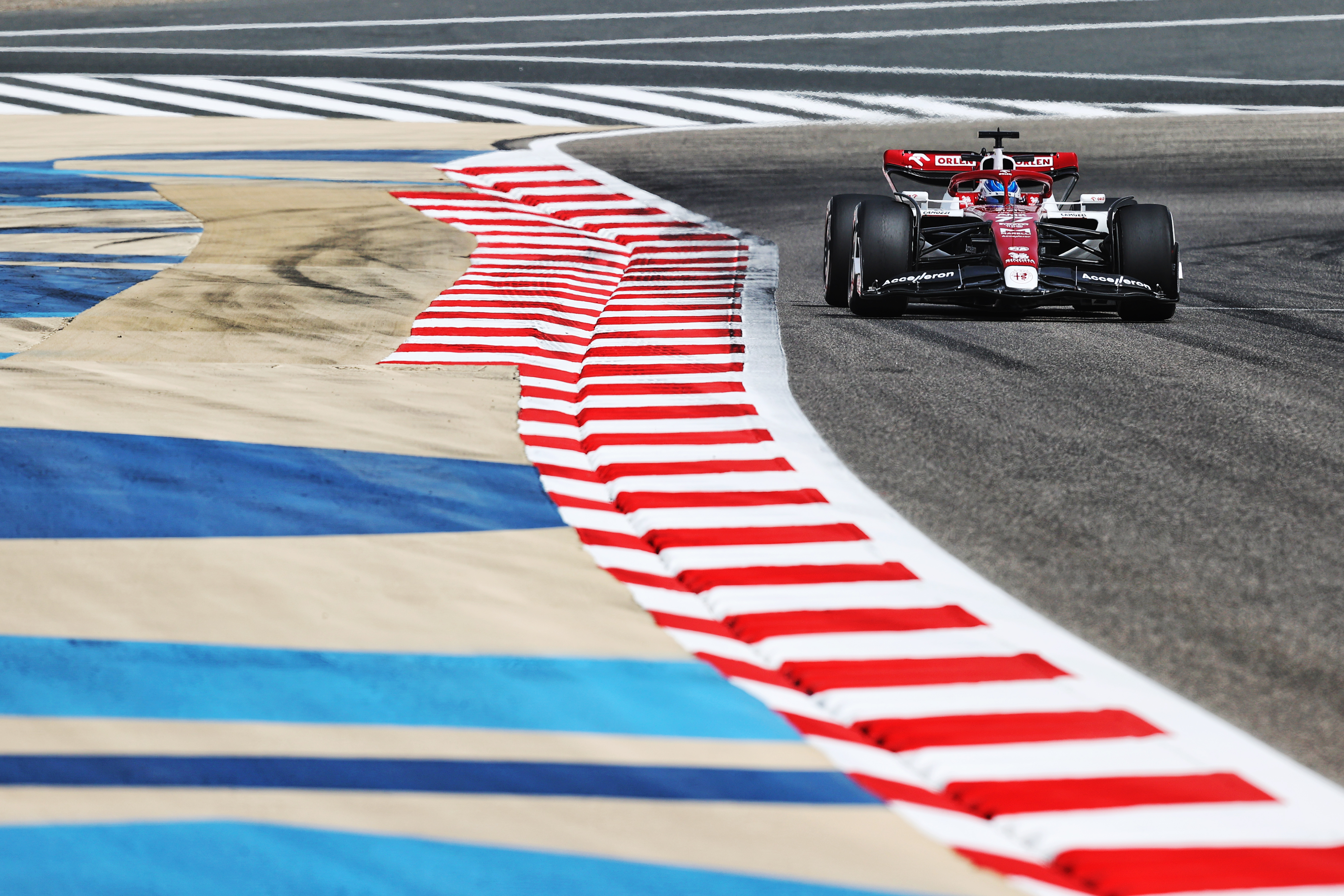
This makes them difficult to manoeuvre through slow corners and this has become extra clear in Bahrain.
“Yes, absolutely,” Valtteri Bottas says when The Race asks if Turn 10 is showing where the 2022 cars are trickier.
“It is a good example that when the speed is slower when the ride height comes up, then you lose quite a chunk of downforce.
“And especially in the last few days with the wind direction in that corner you have the crosswind, it makes it really hard to predict how late you can brake.
“Also it feels like if anything with the new tyres they’re quite sensitive on locking. If you even lock up a little bit you lose quite a bit of grip.
“So, that combination makes it quite challenging.”
The data from Pierre Gasly’s and Carlos Sainz’s best laps from Thursday and Friday versus their 2021 qualifying laps are a handy early comparison to see how the difference between the cars manifests itself in terms of cornering performance.
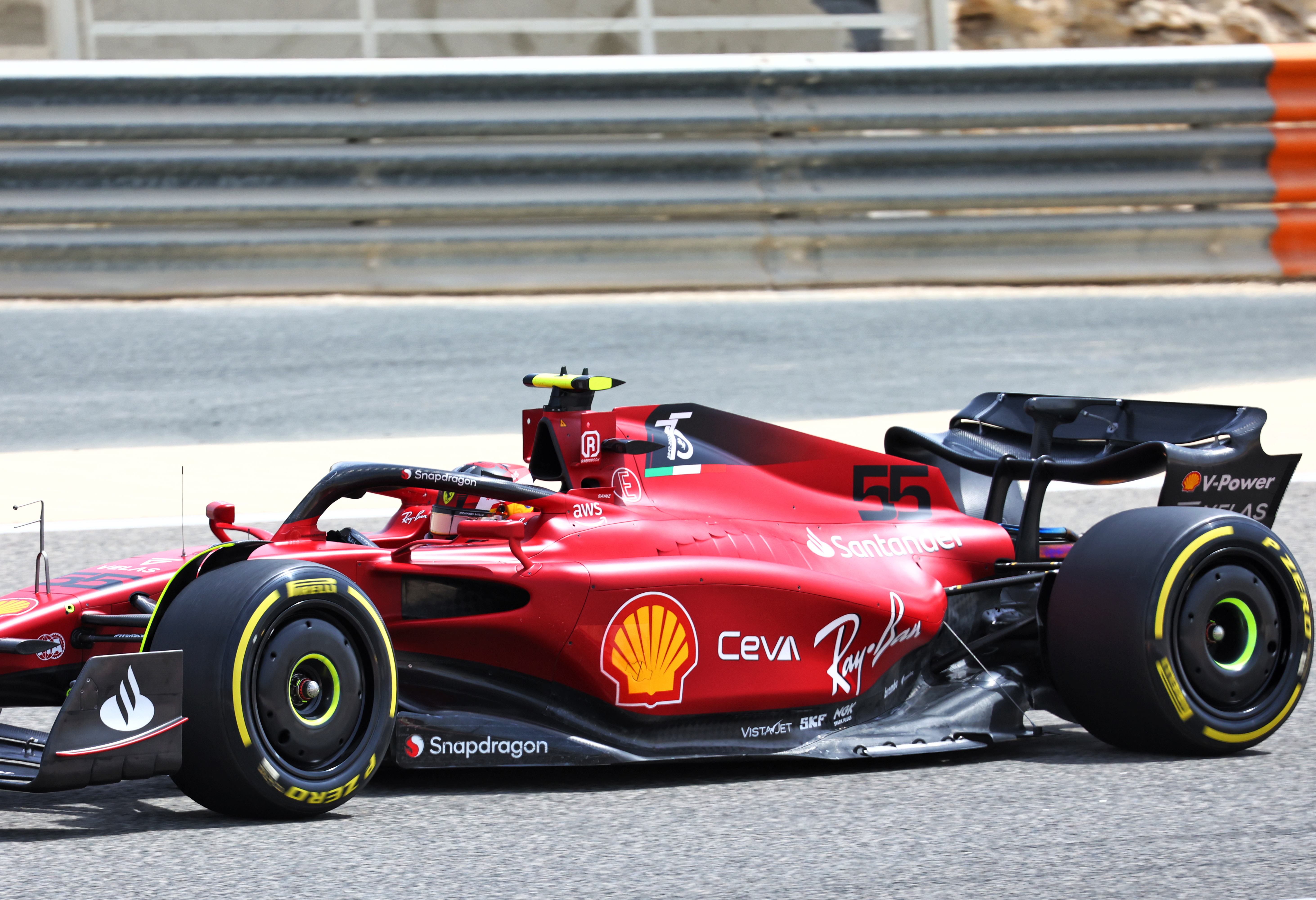
It is not a perfect comparison because while these laps were evidence of performance running at a sensible time and more relevant conditions – it came later in the evening – it’s unlikely everything was cranked up to the maximum like in qualifying.
Still, there are clues. The approach speed to Turn 10 was unsurprisingly slightly slower, yet they still had to get off the throttle and onto the brakes sooner, for longer. That leads to a much lower minimum speed.
This is the way to drive the 2022 cars – smooth and precise, at least at low speed.
It’s where the cars are worse than before. This itself is not surprising.
What is interesting is understanding the challenge the drivers face in mastering it, for which Turn 10 has proved to be a good case study.

